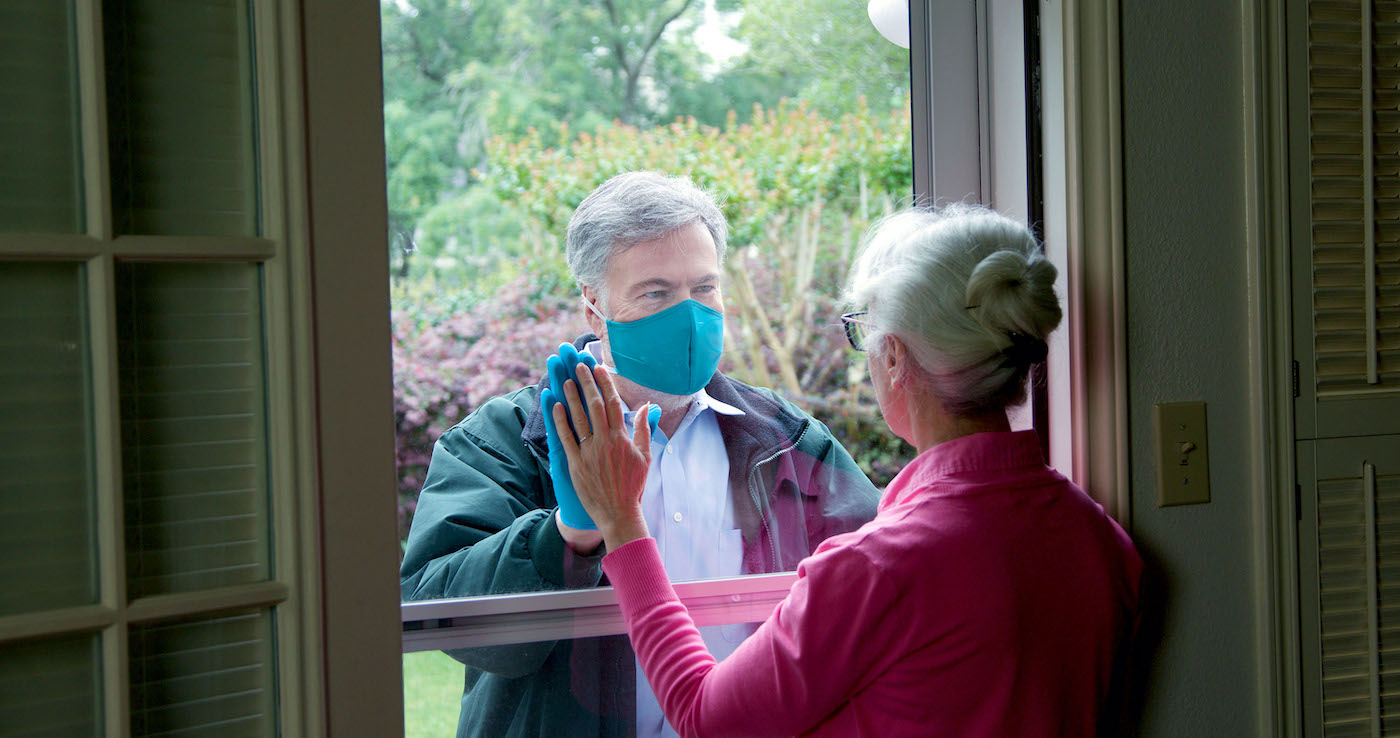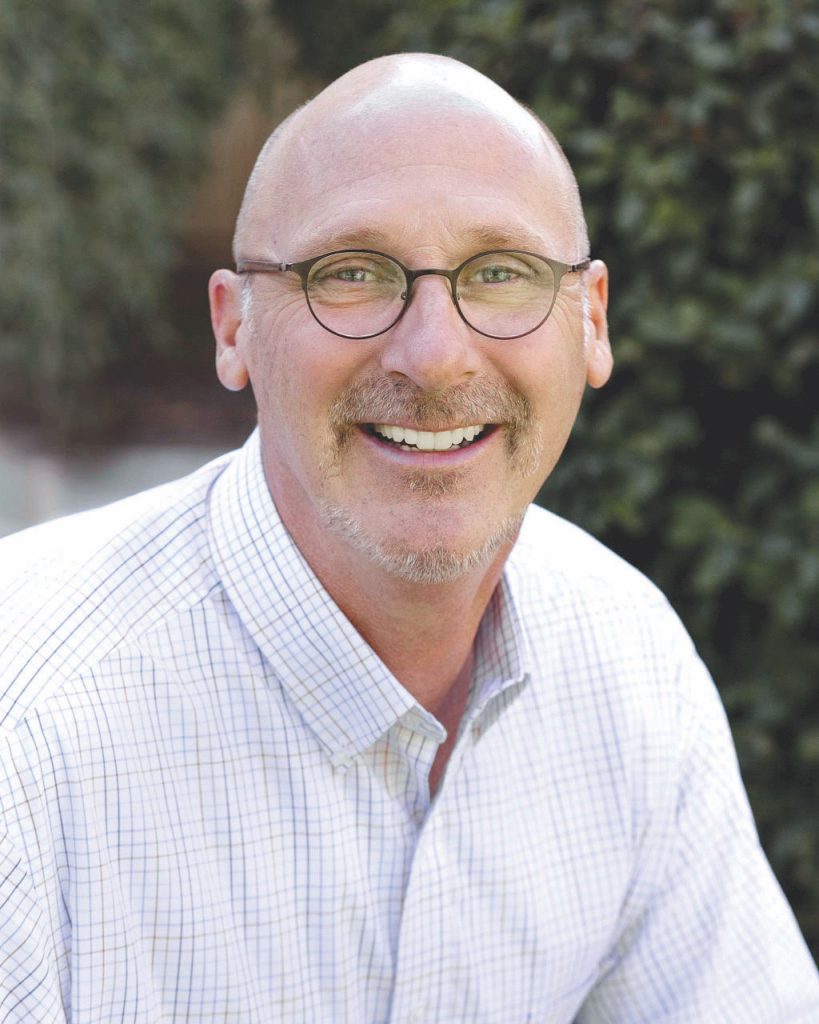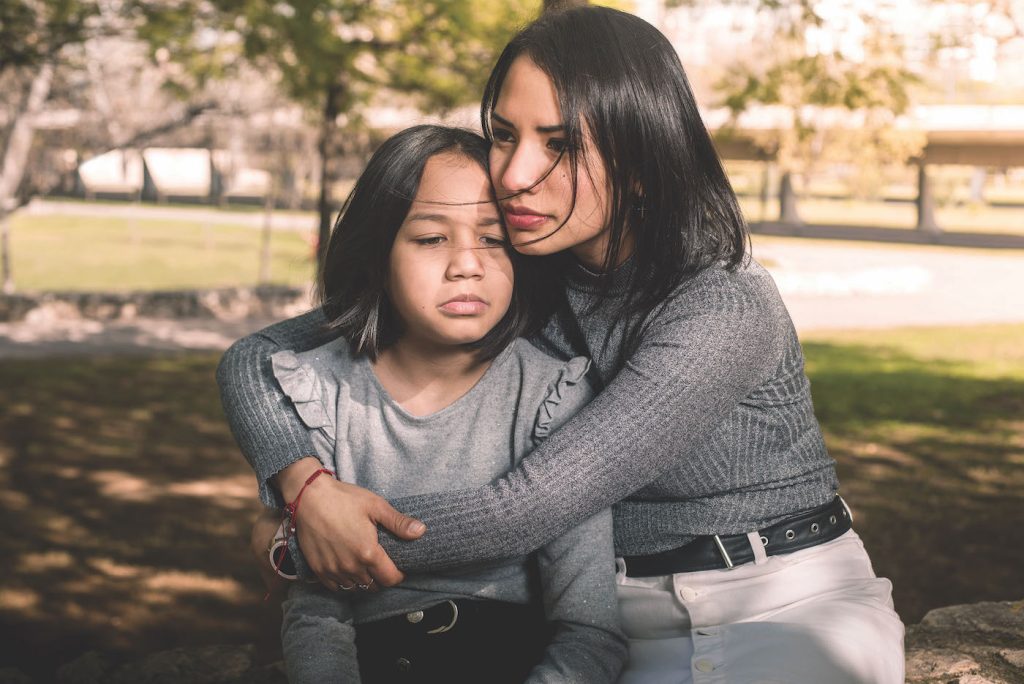Hospice of Santa Barbara

Lots of people in Santa Barbara might have only become more aware of Hospice of Santa Barbara (HSB) over the last two years through one of its responses to the pandemic. And it wasn’t simply because folks were afraid of catching a fatal case of COVID-19 in those early pre-vaccine days, but because of the nonprofit’s illuminate Speaker Series presentations. This free series connected the community with renowned authors, medical experts, spiritual leaders, and others via virtual presentations addressing feelings of anxiety, grief, and uncertainty, as well as questions sparked by our uniquely challenging time.
The series has featured such experts as Emotional Intelligence author Daniel Goleman; Dr. Sunita Puri, who spoke about “Language as Medicine”; meditation master Sharon Salzberg; Roshi Joan Halifax on “Integrity and Moral Resilience in a Time of Suffering”; and Amanda Kloots, the famed TV host and actress, who spoke about resiliency the day this was printed.

While the series has drawn far more attention across the country than Hospice of SB might have anticipated, especially as the pandemic persisted, the concept of helping people in our community cope with feelings of anxiety, grief, and uncertainty when they or a family member is dealing with an end-of-life situation is the nonprofit’s main mission.
And the thing is, plenty of people still don’t quite get how HSB works, largely because in the nearly 50 years since HSB was established (the second oldest hospice program in the country), hospice has come to be understood from the purely medical point of view in treating patients who have less than six months to live.
“We’re the old psychosocial model, which is not about medical beds and nurses and doctors, but helping people go through that journey of death and dying in a more compassionate way, often times in their home, not in a medical environment like a hospital,” explained David Selberg, Hospice of Santa Barbara’s CEO. “What we really believe these last 45-plus years, is that dying and death is not a medical diagnosis, it’s a very intimate human experience. What we try to do is be there earlier in their journey when we can help them stay in their homes or their living environments, so that they go through that process with their family, feeling supported and connected, and resourced.”
Thus, HSB’s Patient Care Services program provides emotional and practical support for patients and families coping with a life-threatening illness, leaving the medical care to such medical model/health institution partners as Cottage Health and Ridley-Tree Cancer Center, or Visiting Nurses and Assisted Hospice for the last months.
But HSB also puts an enormous amount of energy and resources into its Bereavement Services program, in which trained counselors provide professional support and coping tools for children, teens, and families, and counseling and support groups for all ages, for anyone grieving the death of a loved one. Meanwhile, its 115-strong volunteer staff handle the non-professional services, spending time with the patients or their families largely through companionship.
“Sometimes the family just needs to go to the grocery store or to get away, so they can sit with the person going through terminal or life-threatening illness for a while,” Selberg said. “Or our volunteers will go to doctors’ appointments to help out with transportation and taking notes, or just to be with them during those challenging times.”
HSB’s volunteers also support families after the patient dies, perhaps assisting with difficult tasks that bring up emotions. “Maybe they’re struggling with cleaning the clothes out of the closet, which can be challenging,” Selberg said. “Having someone with you takes some of the sting out.”

Selberg said he was particularly pleased that since the easing of pandemic protocols, the nonprofit has been able to more directly interact with the children and youth who especially missed face-to-face meetings that helped with coping during the two-year stretch.
“Our work with youth, with kids, with teens, with children really took a hit but we’re back in the schools,” he said. “We’re back to having counselors in all the junior high and high schools doing counseling one-on-one with kids as well as group counseling. We did what we could to help them over Zoom, and supported some of our lower income households that didn’t have the technology capabilities for counseling with equipment. But it was a real hardship for kids that were going through the death and loss of family members or friends. But now we’re back in the school environments where the kids are, able to be with them in person again.”
This work is especially important, Selberg said, because kids grieve differently than adults do. “Our counseling with younger children, for example, can be art therapy with drawing and sand trays, which is a very different thing than the talk therapy adults do.”
The tech help came from HSB’s Quality of Life Financial Assistance program, which aids low-income families in the Patient Care Services program that are struggling financially as they cope with a life-threatening illness. But all of the nonprofit’s services, for more than 2,300 people annually, are delivered at no cost to its clients. And while Hospice of Santa Barbara has an endowment fund managed by the Santa Barbara Hospice Foundation, about half of its operating expenses depend on the generosity of the community.
HSB’s annual fundraiser, Heroes of Hospice, which boasted Elizabeth Gilbert, author of Eat Pray Love,as its keynote speaker for last year’s virtual event, plans to go live again this fall, pending COVID’s cooperation. But donations of any size – which can be directed to a specific program if desired – are accepted all year long. Meanwhile, training programs for new volunteers have resumed and are held twice a year. Compassionate care never goes out of season.
Hospice of Santa Barbara
David Selberg, CEO
Christina Ferguson, Development Coordinator
2050 Alameda Padre Serra, Suite 100
(805) 563-8820
www.hospiceofsb.org







